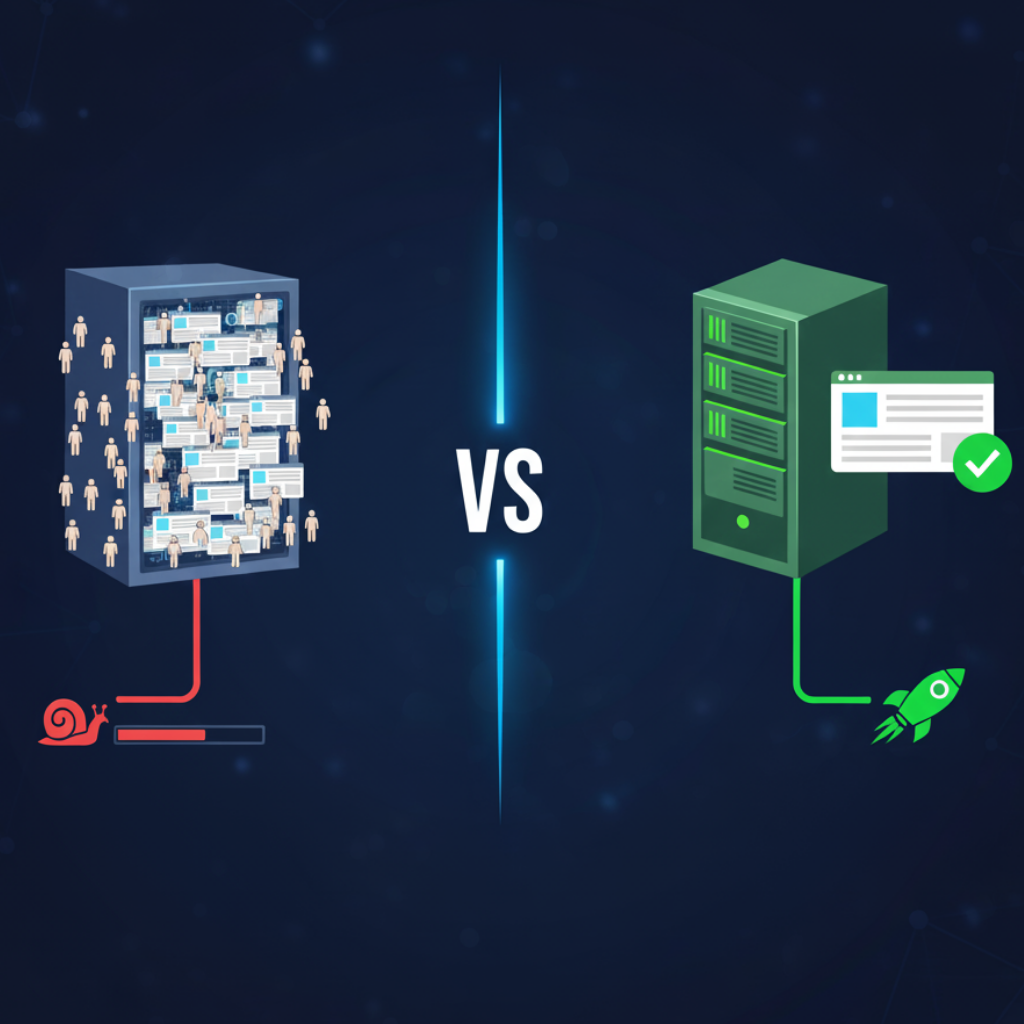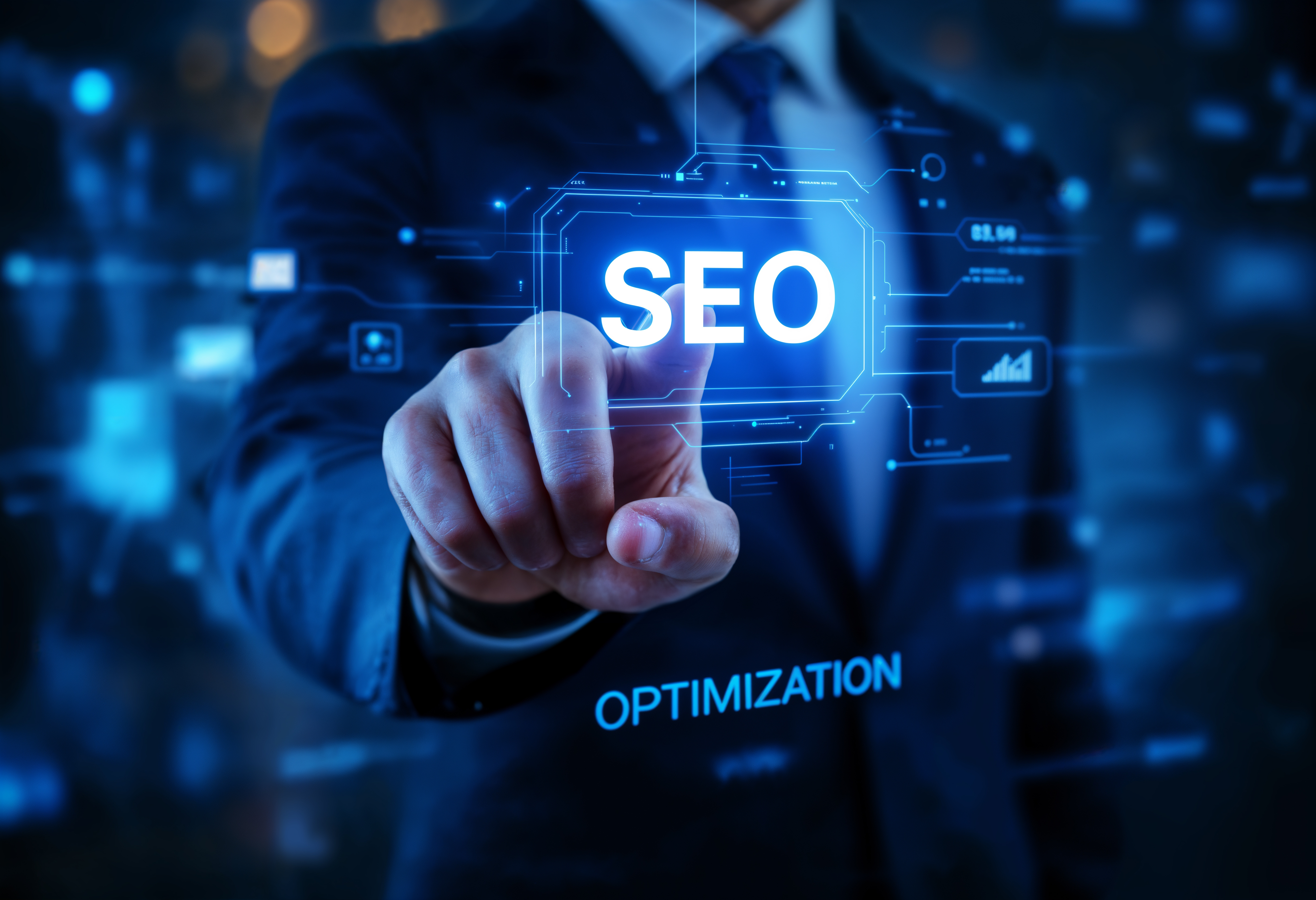How to Speed Up a Slow WordPress Site
A slow website is one of the most frustrating issues for site owners. Every extra second a page takes to load increases bounce rates, lowers user satisfaction, and damages your reputation. In today’s fast-paced digital world, speed isn’t a luxury—it’s a necessity. A slow WordPress site can undermine your marketing efforts, hurt your Google rankings, and drive potential customers away.
The good news? There are practical and effective strategies to turn a sluggish site into a fast, responsive platform. This article walks you through the essential steps to diagnose and fix speed issues on your WordPress site. We’ll cover everything from choosing the right hosting to optimizing your content and code, as well as leveraging advanced tools like caching and CDNs.
The Right Hosting vs. Shared Hosting: The Foundation of Performance

One of the most common reasons for a slow WordPress site is inadequate hosting. The server where your site “lives” on the internet has a direct and significant impact on its loading speed.
Understanding Shared Hosting
Shared hosting is the most affordable and popular option for new websites. With this setup, your site shares server resources (CPU, RAM, bandwidth) with dozens—or even hundreds—of other sites.
The catch? If one of the other sites experiences a traffic spike or uses excessive resources, your site’s performance will suffer. It’s like living in an apartment building with shared plumbing: if everyone showers at the same time, water pressure drops for everyone. While it’s a budget-friendly starting point, shared hosting quickly reaches its limits as your site grows.
In the US, many providers offer shared hosting, but it’s important to choose one optimized for the location of your audience. For example, providers like Bluehost or SiteGround have servers strategically located for American users.
The Advantage of Dedicated or Managed Hosting
High-quality hosting, whether it’s dedicated, VPS (Virtual Private Server), or managed WordPress hosting, ensures you have dedicated resources. This means you’re no longer affected by “noisy neighbors.”
- Dedicated Resources : Your site gets its own share of RAM and processing power, ensuring stable and predictable performance.
- WordPress Optimization : Specialized hosts configure their servers specifically for WordPress, which often includes built-in caching and security enhancements.
- Enhanced Security : Isolated environments reduce the risk of security vulnerabilities caused by other sites on the server.
In Canada, you can choose solutions like OVHcloud (with a data center in Beauharnois, QC), VHosting Solution Canada, or other local providers like Canadian Web Hosting. Opting for hosting with a data center located within Canada ensures faster access for your local audience and helps comply with data sovereignty regulations.
Choosing the right hosting provider is the first and most important step to ensuring a fast website. It’s the foundation on which all other optimizations will be built.
Optimizing Images and Code

Once your hosting is solid, it’s time to address page size. Large images and poorly optimized code are often the biggest culprits behind slow load times.
Reduce Image Sizes Without Sacrificing Quality
High-resolution images look great but come with hefty file sizes that can significantly slow down load times. The goal is to strike the perfect balance between visual quality and file size.
- Compression : Use tools like TinyPNG or WordPress plugins like Imagify or Smush to compress images before or during upload. These tools can reduce file sizes by up to 70% without noticeable quality loss.
- Proper Formats : Use JPEG for photos and PNG for graphics with transparency. Better yet, adopt the next-gen WebP format, which offers superior compression without compromising quality.
- Correct Dimensions : Don’t upload a 4000-pixel-wide image if it’s only displayed at 800 pixels on your site. Resize images to the exact dimensions needed before uploading.
Clean Up Your Code
Bulky, poorly written code makes it harder for browsers to load your site efficiently.
Choose a Lightweight Theme : Not all themes are created equal. A poorly coded or bloated theme can severely impact performance. Opt for themes known for their speed and efficiency, like GeneratePress or Astra.
Minify Code : Minification removes unnecessary characters (like spaces, comments, and line breaks) from CSS, JavaScript, and HTML files, reducing their size and speeding up processing. Plugins like WP Rocket or LiteSpeed Cache can handle this automatically.
Limit Plugins : Each plugin adds scripts and styles that can slow down your site. Regularly audit your plugins and deactivate or delete those you don’t use. Stick to well-coded, lightweight plugins.
The Critical Role of Caching and CDNs
For even faster loading times, advanced tools like caching and CDNs can make a big difference, ensuring your site delivers content quickly no matter where your visitors are located.
The Concept of Caching
Without caching, every time someone visits your site, WordPress has to query the database and assemble all the page elements from scratch. It’s a repetitive and slow process.
Caching creates a static HTML version of your page after the first load. For subsequent visits, the server delivers this static version, which is much lighter and faster. It’s like snapping a photo of a complex dish so you don’t have to cook it from scratch every time someone orders it.
Many managed hosting providers include server-side caching. For DIY setups, plugins like WP Rocket or W3 Total Cache can handle caching for you.
Content Delivery Networks (CDNs)
A CDN (Content Delivery Network) is a network of servers distributed globally. It stores copies of your static files (like images, CSS, and JavaScript) and delivers them from the server closest to the user’s location.
When a visitor accesses your site, the CDN serves files from the nearest server, reducing latency and speeding up load times. For US audiences, opt for CDNs with points of presence in major cities like New York, Chicago, or Los Angeles. Popular options include Cloudflare, Bunny.net, and StackPath.
The Direct Impact on SEO and Conversions

Site speed isn’t just about user convenience—it has measurable effects on your business’s success.
- SEO : Since 2018, Google has used page speed as a ranking factor for both mobile and desktop searches. With the introduction of Core Web Vitals in 2021, speed is now more critical than ever. Slow sites are penalized in search rankings, reducing visibility and traffic.
- Conversions : Every second counts. Studies show that a one-second delay in page load time can result in a 7% drop in conversions. For e-commerce sites, this means lost sales. For service websites, it translates to fewer inquiries. A fast site builds trust and encourages users to take action.
Conclusion: Take Control of Your Site’s Speed
Improving a slow WordPress site involves a structured process that begins with solid hosting and continues with ongoing optimization of content and code. By compressing images, cleaning up plugins, and leveraging caching and CDNs, you can dramatically enhance your visitors’ experience.
The effort is worth it. A fast site ranks higher on Google, converts more visitors into customers, and reinforces your brand’s positive image. If managing these technical aspects feels overwhelming, consider working with experts like SatelliteWP. Specialized maintenance services can handle your site’s optimization, ensuring peak performance while you focus on your core business.






